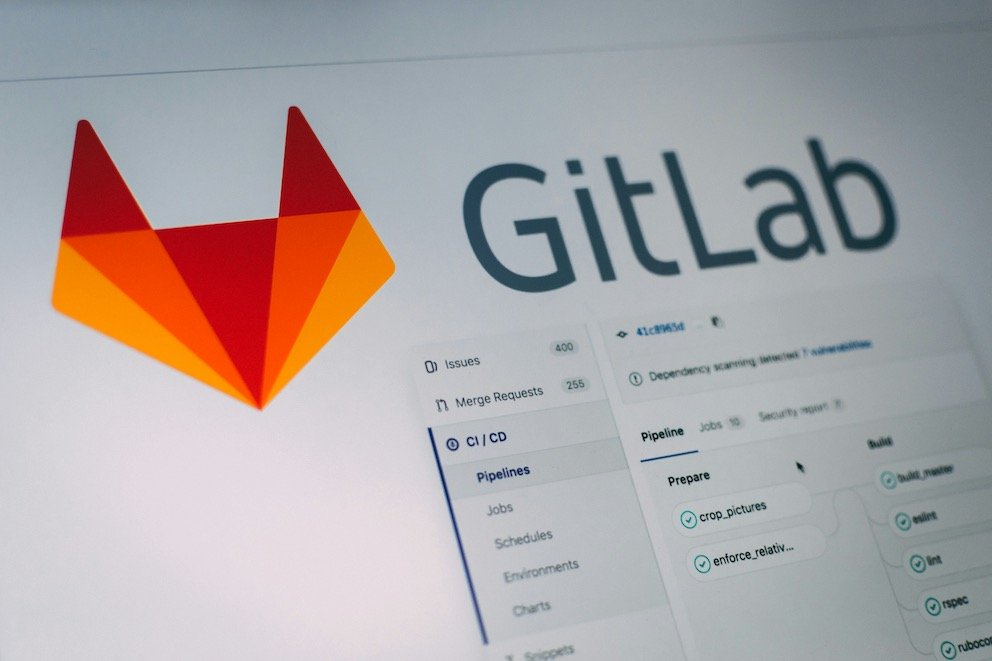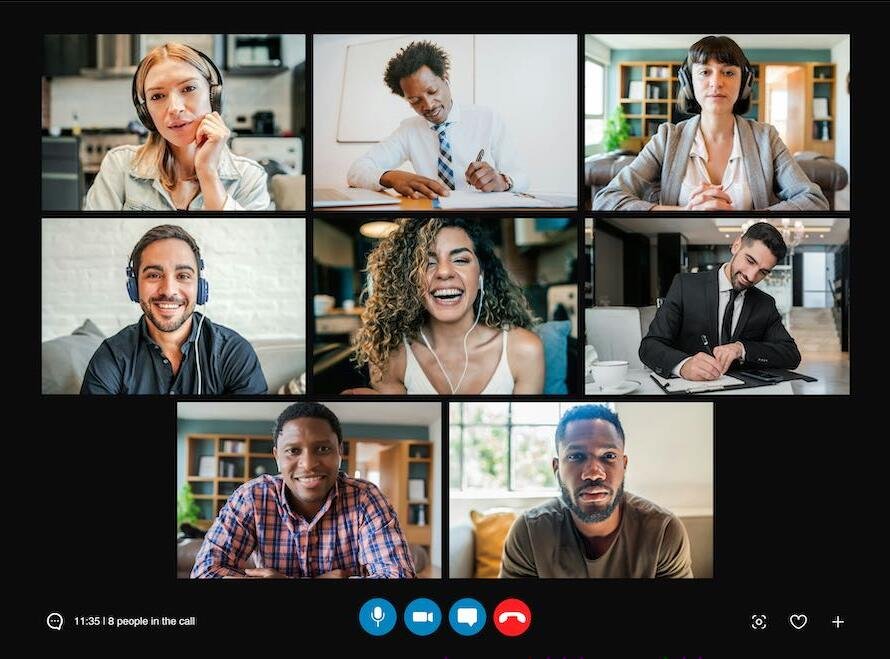
Open-source projects have become the lifeblood of the tech community, offering developers the means to share their ideas, improve their skills, and give back to an ecosystem that thrives on collaboration. For developers, working on open-source projects can open doors to career growth, networking, and skill refinement. But here’s the catch—unless you know how to showcase your work effectively, it might go unnoticed.
Whether you’re a junior developer aiming to break into the industry or a seasoned programmer looking to expand your portfolio, this guide will walk you through the benefits of contributing to open source, how to display your work like a pro, and the best practices to keep your projects relevant.
The Benefits of Open-Source Contributions
Contributing to open-source projects isn’t just about coding; it’s about building connections, enhancing your profile, and accelerating your professional growth. Here are some clear benefits that make investing your time in open source worthwhile:
1. Enhance Career Prospects
Employers often look for candidates who have gone beyond their day-to-day job responsibilities. Open-source projects highlight your willingness to contribute to meaningful causes, your technical expertise, and your ability to collaborate with other developers.
Pro Tip: Many hiring managers are now actively scanning GitHub profiles during the recruitment process. A portfolio rich with contributions can make a standout first impression.
2. Improve Your Skill Set
Open-source work exposes you to real-world problems, the latest tech stacks, and a diverse range of opinions and approaches. Whether you’re debugging code, creating a new feature, or improving documentation, each task strengthens your skills.
3. Build a Network
Collaborating on open-source projects introduces you to like-minded professionals, mentors, and even future employers. The relationships you build today could translate into job offers or collaborations tomorrow.
4. Give Back to the Community
Open source runs on the generosity of developers sharing their time and expertise. By contributing, you’re making the tools and technologies you rely on better for everyone.
Showcasing Your Contributions

Now comes the crucial part—putting your work into the spotlight. Follow these practical tips to ensure your open-source projects grab the attention they deserve.
1. Craft a Professional Developer Portfolio
Your portfolio is your digital résumé. Think of it as a landing page where potential employers, collaborators, or recruiters get a snapshot of your work.
- Focus on Key Contributions: Highlight a few exemplary projects rather than listing every tiny contribution. Focus on projects where your work made a tangible impact.
- Include Case Studies: Add short write-ups for each project that highlight the problem, your solution, and the outcome. Use bullet points for readability.
- Show Metrics: Numbers speak volumes. Mention metrics like the number of commits, contributors, or downloads to showcase the scope of your work.
2. Leverage GitHub Effectively
GitHub is the go-to platform for developers, and it’s often the first place recruiters look. Use these tips to make the most of your GitHub profile:
- Pin Your Best Repositories: GitHub allows you to “pin” repositories. Choose the ones that best represent your skills and impact.
- Write a Strong README: Your README file is like a project pitch. Include clear instructions, documentation, and an overview of your role.
- Keep Repositories Clean: Remove old or incomplete projects and keep your repositories updated with proper versioning.
3. Add a Blog Section
Share insights about your projects or the lessons you’ve learned contributing to open source. Blogging about your work doesn’t just show expertise—it also demonstrates your ability to communicate complex ideas clearly.
4. Use LinkedIn
Your LinkedIn profile should complement your technical portfolio. Add links to your GitHub projects or personal site in your “Featured” section and share posts about your contributions to engage with your professional network.
5. Create a Personal Website
Though having a GitHub profile is essential, a personal website gives you greater control over how your work is presented. Websites like Squarespace, Wix, or even self-hosted setups can help create a site that hosts your portfolio, blog, and contact information in one place.
Platforms and Tools for Displaying Projects

When it comes to showcasing your open-source contributions, the tools and platforms you use can make or break your visibility.
GitHub
GitHub remains the gold standard for sharing projects. Beyond repositories, GitHub Actions lets you show off workflows, and GitHub Pages allows you to host documentation or portfolio websites directly on the platform.
Personal Websites
Use a website as your professional “home.” Integrate clear sections for open-source projects, technical blogs, and an about page showcasing your contact information.
Documentation Tools
Effective documentation makes your projects accessible and attractive. Tools like Jekyll, Docusaurus, or MkDocs allow you to build clean, intuitive documentation for potential contributors or recruiters to review.
Social Code Platforms
Platforms like GitLab, Bitbucket, or Dev.to offer additional spaces to display your work, enhance visibility, and engage in conversations about your projects.
Open-Source Communities
Platforms such as OpenCollective or Dev.to are excellent for promoting projects and meeting contributors. Some communities even spotlight successful projects, amplifying their reach.
Best Practices for Managing and Maintaining Your Projects
Having a standout profile isn’t just about the “what” but also the “how.” Follow these best practices to ensure your projects stay relevant and professional.
1. Keep Projects Updated
An outdated project may raise red flags for recruiters. Make sure your major projects have recent updates, even if you’re adding something simple like additional documentation.
2. Engage with the Community
Actively respond to issues, pull requests, and questions on your projects. A vibrant and well-managed repository reflects your ability to collaborate and lead.
3. Document Everything
Clear, comprehensive documentation makes it easier for others to contribute and ensures your work is accessible to a larger audience.
4. Follow Semantic Versioning
Use version tags like 1.0, 1.1 to indicate project stages clearly. This adds professionalism and clarity to your repositories.
5. Archive Old Projects
If an older project no longer aligns with your skills or career goals, archive it. This prevents clutter and helps shine a spotlight on your best work.
Building Your Open-Source Presence Today

Showcasing your open-source contributions effectively is a crucial skill for developers looking to differentiate themselves in a competitive market. By creating an organized developer portfolio, leveraging the right tools, and engaging with the community, you will enhance your professional profile and attract exciting opportunities.
Take the plunge. Start updating your GitHub profile, polish that personal website, and share your work boldly. Your next big career opportunity might be one pull request away.
Need help with your technical communication as a software engineer? Get in touch with CodeMunicate today to learn how our communication coaching can help you boost your software engineering career.

